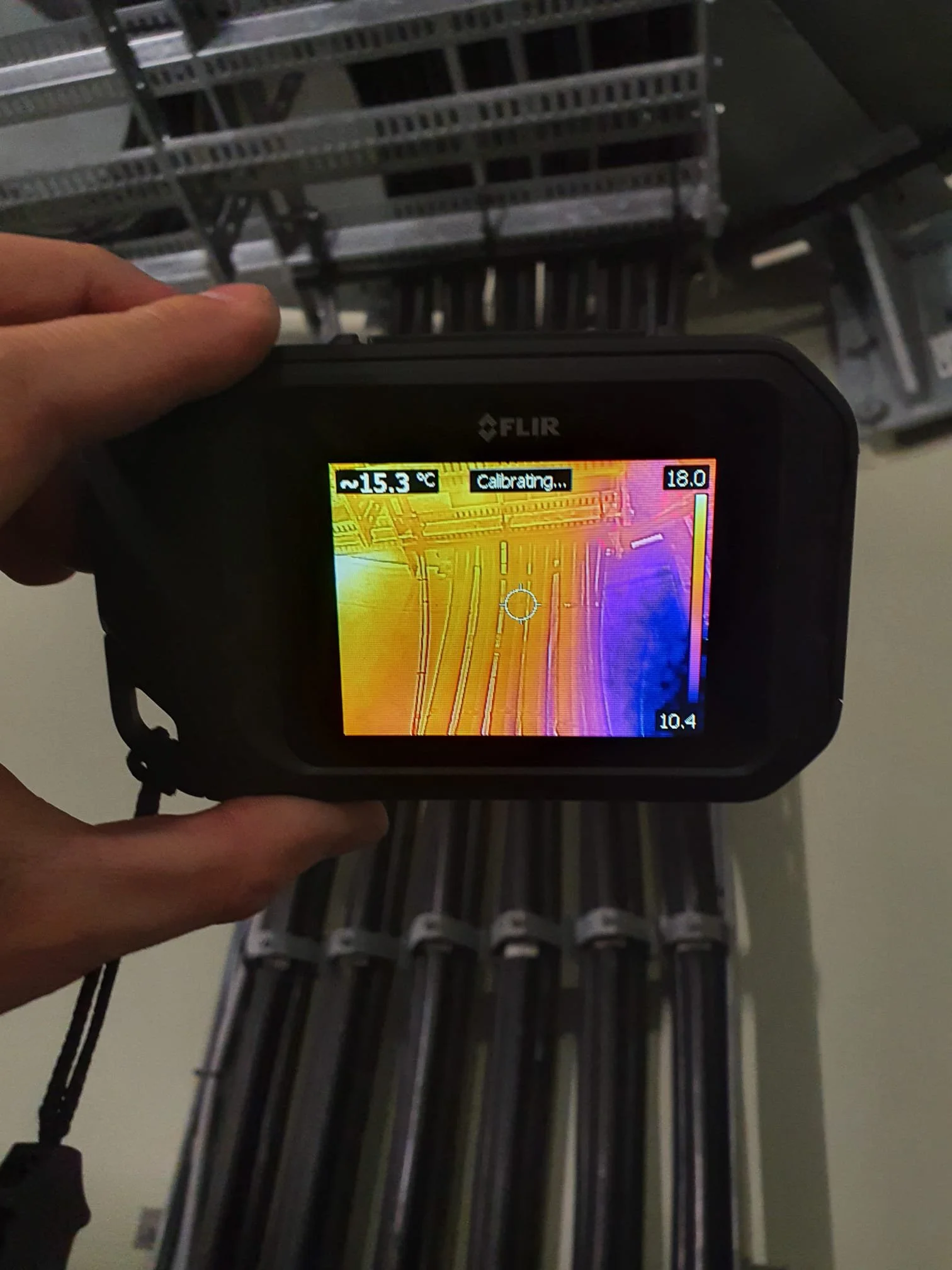THERMAL IMAGING FOR PREVENTATIVE MAINTENANCE ON WIND TURBINES
As your wind farm increases in age, asset downtime due to component failure will become increasingly apparent, making the importance of owners and operators utilising predictive methods in order to carry out preventative maintenance ever so apparent. By utilising thermal imaging to identify component degradation asset owners and operators will have to ability to reduce revenue loss by a proportional amount.
Electricity generation from wind power in the UK has increased by 715% from 2009 to 2020. Turnover from wind energy was nearly £6 billion in 2019. ... According to the National Grid, 2020 was the "greenest year on record" for Britain, with record high levels of wind energy generation.
The increasing growth of the wind industry coupled with the increasing age of wind farms across the country has contributed largely to wind farms reaching the end of warranty period from the manufactures. This leaves asset owners facing substantial financial risk, increasing the importance of utilising predictive methods in order to carry out preventative maintenance.
Preventative maintenance
Your Wind Asset constantly operates to produce power day and night, the power electronics and electrical equipment within your Wind Asset are in constant operation during these periods, as a Wind turbine is in continues operation the rate of component degradation is increased compared to most other forms of power generation.
Carrying out both pre and post warranty inspections utilising predictive methods of identifying component degradation is essential to improve the reliability and profitability of any wind turbine. In order to reduce downtime associated with component failure.
Wind turbine components both mechanical and electrical are susceptible to wear and component failure. That’s why preventive maintenance and predictive inspections are so important. Repair costs and associated downtime due to component failure can be extremely high. Operating and maintenance costs may easily make up 20 to 25 per cent of the total cost per kWh produced over the lifetime of the wind turbine.
Thermal Imaging
The most evident indicator of component breakdown within a Wind Asset is heat radiation (infrared), as a component breaks down over time the resistance within a circuit increase, leading to heat being dissipated.
Heat dissipation will often go un-observed within a Wind Asset, as the human eye cannot detect the release of heat radiation, allowing the component to degrade to the point of asset downtime.
Infrared is invisible radiant energy, electromagnetic radiation with longer wavelengths than those of visible light, extending from the nominal red edge of the visible spectrum at 700 nanometres (frequency 430 THz) to 1 mm (300GHz). 1 If we could see these waves, they are only 0.00074 to 0.3 millimetres (0.00004 inches to 0.01 inches) of wavelength. The wavelength of visible light is only 300 to 700 nanometres, which is far narrower than infrared wavelength. Therefore, Thermal / infrared imaging technology has enormous capabilities.
Utilising Thermal Imaging for wind turbine inspections can highlight Gearbox and Bearing issues, as well as electrical component degradation such as loose connections and imbalanced loads and areas of increased friction. The application of Thermal imaging for identifying component degradation is extremely versatile, allowing a wide variety of defects to be identified before asset downtime can occur.


